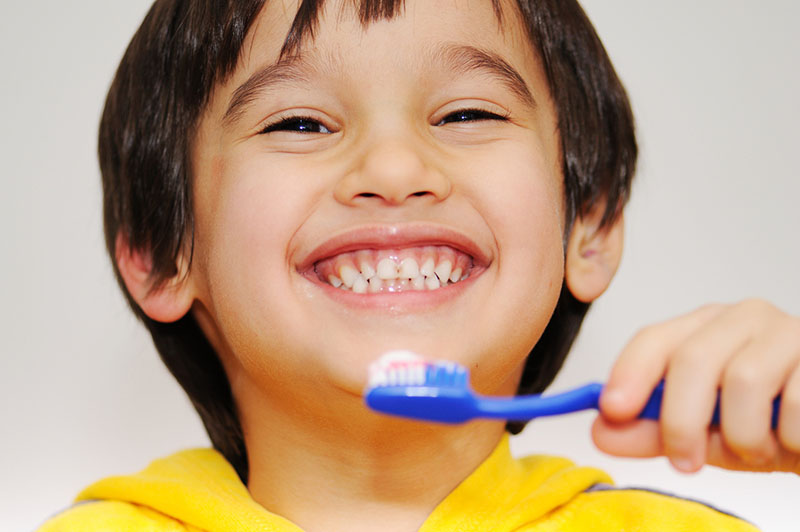
The Tooth Fairy is an important tool to help kids cope with the potentially scary experience of losing their baby teeth. Despite being a relatively recent creation—with the earliest printed record of the Tooth Fairy coming from the 1920s—this dental myth has quickly grown into a cultural phenomenon in many countries and is likely rooted in older folk tales and beliefs about children’s teeth. It is particularly popular in the U.S., the U.K., Australia and Denmark.
Put your lost baby tooth under your pillow, and the Tooth Fairy takes it and replaces it with money! It’s simple, easy, and popular with kids, their parents and their dentist. That said, it is far from the only modern tooth-loss legend. Many other contemporary dental myths exist throughout the world.
In many Spanish-speaking countries, a child places their baby tooth under their pillow or in a glass of water, and a mouse (often called “El Ratoncito Pérez”, though it can vary from country to country) comes during the night to take the tooth and leave some money in its place. In France, the tradition is very similar, only the mouse is called “Le Petite Souris” (literally “The Little Mouse”). One feasible explanation for the choice of a mouse lies in other historical traditions, where a tooth was offered to a mouse in the hopes that the child’s new tooth would grow in as strong as a rodent’s. In fact, some children still do this today.
Other dental traditions also involve animals. Some children mix their tooth into meat and feed it to a dog, hoping their new tooth with be as strong as a dog’s. In other areas, the tooth is thrown onto the roof while the child asks an animal (ranging from bird to squirrel) to replace it. In one Nepalese tradition, children bury their tooth to hide it from birds.
Kids in Nepal aren’t the only ones to bury or throw their teeth. Children in areas of China and Japan put their lower teeth on the roof and their upper teeth either in the ground or at the foot of their bed, to make sure the new teeth grow in straight. In Egypt and many other Middle Eastern countries, a child will throw their lost tooth toward the sun, hoping to replace it with a bright adult tooth.
There are all sorts of traditions about kids losing their baby teeth. These are probably meant to help kids move past a potentially very frightening experience. Any child would worry if their teeth started to fall out without explanation. Normalizing the experience makes it so they are able to look forward to it as a sign of adulthood. Dentists love traditions like this, because they help to prepare children for a lifetime of dental health and often give a friendly face to dental care.
